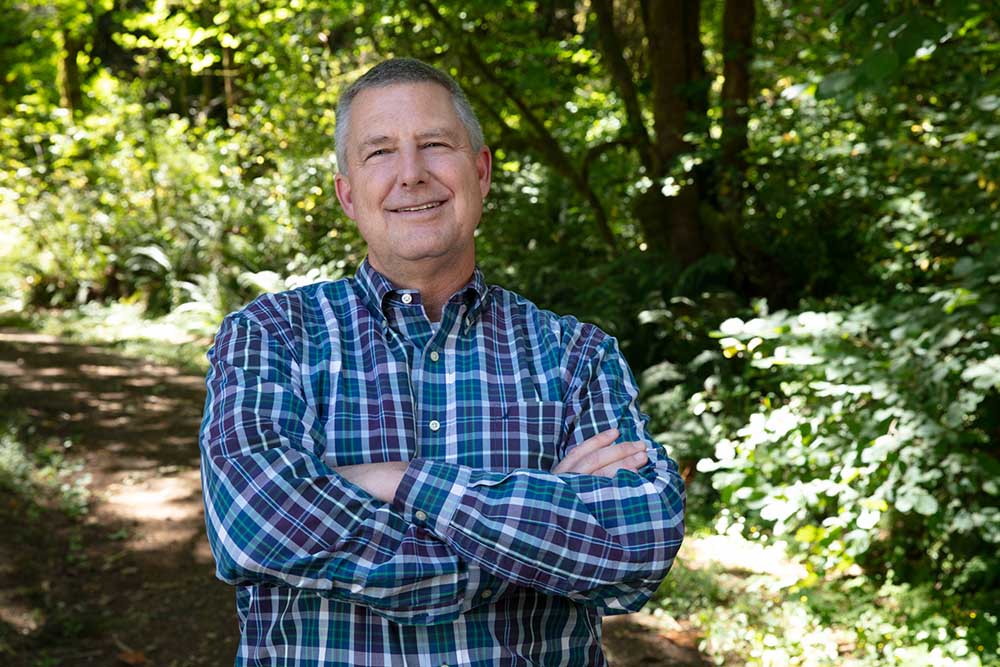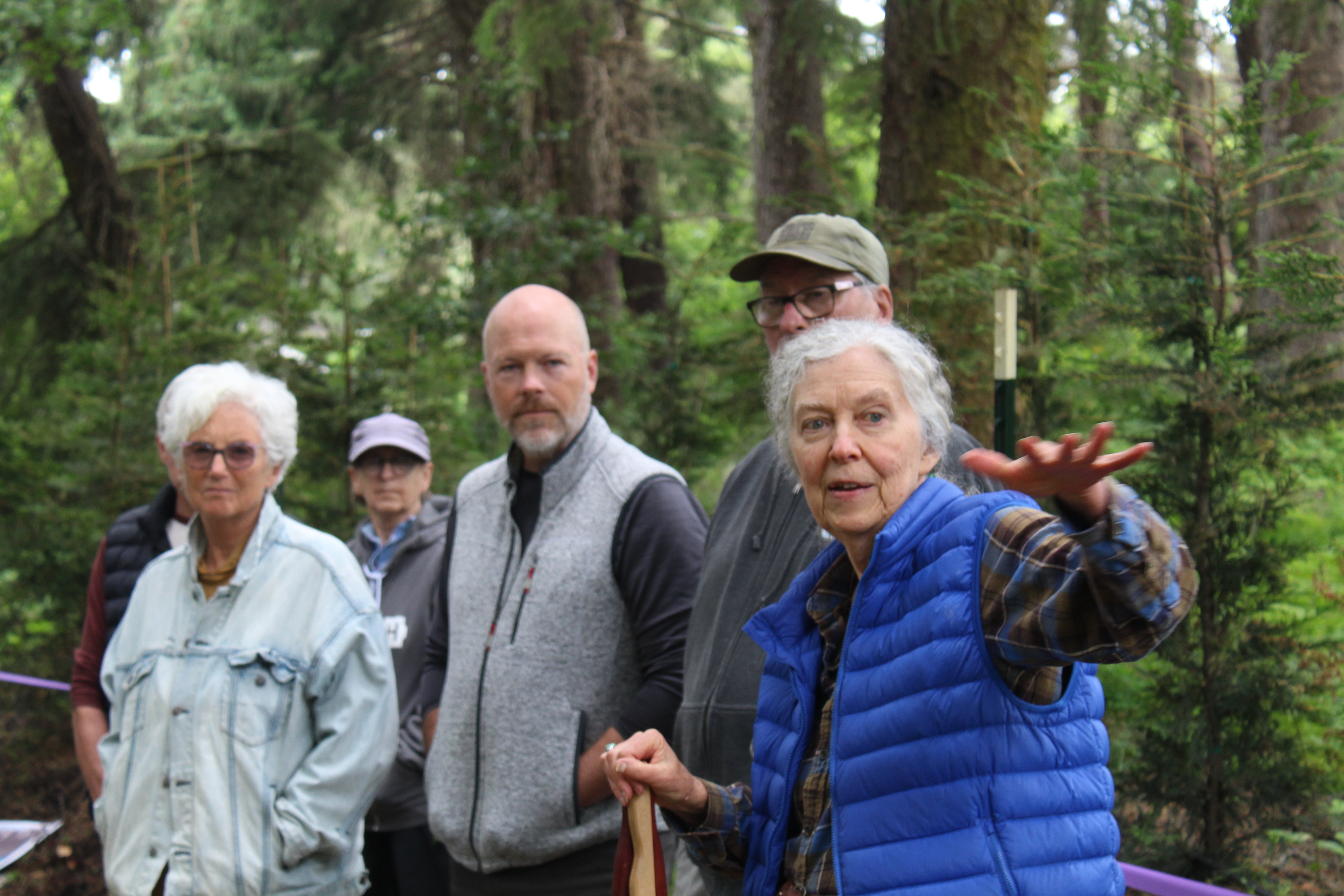Guest Column: Who will protect all the values of our forests?
Published 12:30 am Thursday, December 29, 2022

- Doug Cooper
In mid-November, the Oregon Board of Forestry met in Seaside to discuss, among other things, a new 70-year plan for state forests.
Trending
The draft habitat conservation plan for state forestlands would reduce harvests across northwest Oregon and with it, jobs and public services for decades to come. We were glad the board took the time to visit the North Coast. While people working in the forest sector are often unable to take time off to attend board meetings during a weekday, many showed up to engage with board members and express support for a more balanced and financially responsible habitat conservation plan.
I worry, however, that their efforts have been overshadowed by louder environmental advocacy efforts.
At the meeting, environmental interest groups led petitions to support the plan regardless of the impacts to rural Oregon. Their solution to the ensuing drop in revenue? Decouple state forests from local public services and hope the state Legislature will pick up the shortfall with taxpayer dollars.
Trending
This argument demonstrates a fundamental naivety about the social and economic networks these forests support.
Proponents of decoupling don’t seem to understand that state timber revenue — currently about $97 million a year — received by the Oregon Department of Forestry and the surrounding counties is only one small part of the local economic activity state harvests generate on an annual basis.
Log purchasers hire dozens of local logging, trucking and road building crews to move logs from the forest to the mill, where thousands more receive good, family-wage and fully-benefited jobs to process and ship lumber, pulp and paper, particle board and other wood products. For every $1 million for the department and public services, we estimate an additional $1.2 million is generated for local businesses. That doesn’t even include the economic activity generated by the reforestation process or secondary manufacturing (e.g. pulp and paper facilities that process and add value to sawmill residuals).
The undervaluation of timber harvests could be due, in part, to the fact that the Department of Forestry provides no accounting for the indirect economic activity generated by its own harvests. Policymakers need this data to make informed decisions. When timber harvests are reduced, so too are opportunities for the hundreds of small businesses that surround state forests. When forest sector businesses shutter, we lose capacity to protect, harvest and process what timber remains.
Tensions are running high, but as was evidenced at the last board meeting, there seems to be an unnecessary sense of urgency placed on this planning process. Board members need to carefully assess this plan with an eye to the long-term viability of what is being proposed.
Federal agencies crafted one of the options on the table, known as Alternative 5, which would allow for a little more timber harvest, generating millions of dollars each year, while also achieving habitat conservation outcomes equivalent to the more restrictive plans under consideration.
Despite having this more balanced option at their fingertips, the board refuses to direct department staff to consider it. Their justification? It would take too much staff time. It is the board’s responsibility to provide oversight and defend not only the environmental values but the social and economic benefits of these forests as well.
While there is much public debate over how to define greatest permanent value on state forests, we’re confident no one’s definition is well-served when decisions are based on a preference for ease and speed.
The social and economic consequences of this planning process will soon be felt throughout northwest Oregon. Going forward, let’s hope that the Board of Forestry provides better oversight and guidance in how the Department of Forestry manages these forests. They need to ask tough questions and hold staff accountable to meet the harvest targets they set for themselves year after year.
There is a lot of talk about “balance,” but there is currently no meaningful consideration given to protecting the economic values of these forests. That must change.









